The future is in the pastㅤㅤㅤㅤㅤㅤㅤㅤㅤ
The theme of this editorial aims to help thinking about a better future for mining, taking into account its past.
It is worth remembering that fifty years ago mining has been part of a national development strategy (Brazil), in the search for self-sufficiency in phosphates, copper, potassium and other raw materials. It is also worth remembering the time of Paulo Abib’s creative engineering, the progress locomotive that “our” CVRD used to represent and the names of hundreds of colleagues who, wearing helmets and overalls, built a nostalgic success story that lasted until the early 1990s.
From the second half of the 1990s onwards, a radical change in mining took place, steering this activity almost solely towards the generation of profits for shareholders and becoming somewhat confused and asleep in its main activity. The financial side overcame the technical side in relevance, salary, and in hierarchical position.
Internally to the mining companies, the dialogue between technicians and “non-technicians” becomes more and more difficult due to the strong increase of the interface or layer that separates the administration from the production. Auxiliary employees who used to provide administrative and financial support to experienced engineers in management positions, jumped to a new top layer that now takes full control of the “business”. The new organization filters the passage of some good remaining technicians preventing their access to the executive layer. Such access is now predominantly unlocked by MBA studies, which turn a regular engineer into a market executive.
On their outside, the relationship of mining becomes more professional in relation to politics, communities, press and, of course, with the market. On the other hand, there is a serious lack of creativity in the technical development of the business. It is also the case with the engineering companies, still stuck to paradigms, many times aligned with the comfort of suppliers. The greatest proof of this can be seen in the lack of real confrontation with the problems of mining, such as the strong drop in the ore grades of the mined reserves and the consequent increase in the tailing volumes.
The new mining environment is also a counterincentive for the academic evolution of technical professions. Although there are exceptions, the PhD in engineering only finds space on the lower floor of the mining companies, often occupying lateral positions of little relevance.
Along with the arrival of the 21st century and the practice of replicating engineering drawings, many projects began to fail, the so-called “ramp up” today replaces the old and fast “startup” taking years to reach close to the idealized design capacity. But nobody is scared, nobody is fired and any serious problem (as happened with the collapsed tailing dams) is generously compensated by the “market”, which rewards the large mining companies with good price of the commodities.
It is terrifying to think that a good action of improvement and cost reduction in a global mining company could then be, as a consequence, punished by the same market by lowering the prices.
The Estate, since the late 1990s, seems to understand that mining is mainly a speculative activity of drilling, commanded by a lawyer and a geologist (most likely in this order).
The large equipment suppliers seem to understand well this situation of technical inertia, lack of creativity and sedimentation of paradigms in mining companies. Just to mention as an example, there are still the unwary ones finding advantages in the SAG mill or thinking that the ore grade is a thermodynamic property where a rock is composed of infinite particles of identical content. Because of paradigms like these, for over 40 years in Chile, any rock that arrives from the mine is ground and floated.
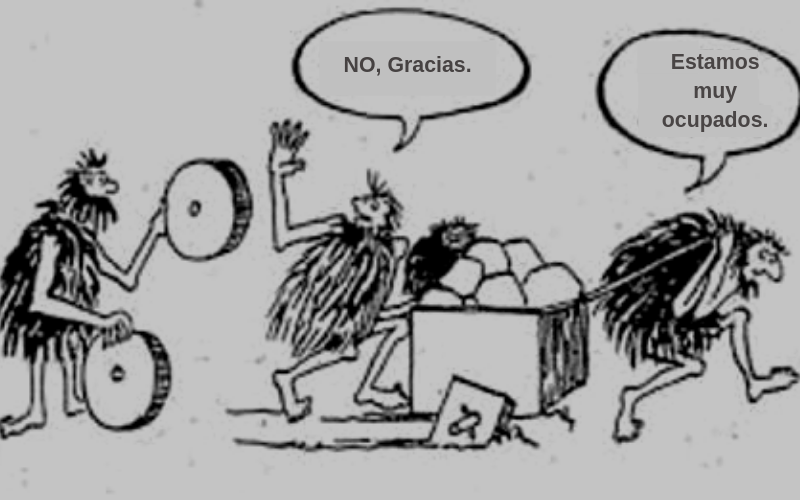
I sincerely believe that the future of mining is in its past, not chronologically, but because of the light that we will relightfrom the old knowledge about mining, professionally frank and with companionship, which brought forums of discussions between colleagues and basis in proven industrial tests, and that can help to break many of the paradigms that imprison us today.
The mining meeting in São Lourenço (MG), ENTMME of 1992 (Ciminelli and Salum) was, in my opinion, the last great moment of Brazilian mining (in a near future we will talk about it). After this wonderful plural meeting there seems to have been an implosion of the good mining, separating colleagues, engineering companies, public policies in relation to the sector, mining companies deactivating research teams, suppliers “globalizing”, deficit of good technical publications, and distance of universities from industrial practice. It has been initiated a sequence of mismatches which prevent us from knowing where we will arrive at. Each one hammering its own nail in separated trenches, while the financial world and global engineering and equipment manufacturing strategies take over the market.
Old technical articles from international magazines bring invaluable material. Some years ago, a friend of mine gave me a copy of some old “papers” from 1956 and 1957 which mentioned about successful open circuit grinding experiments and other major innovations, subjects that I had come to the conclusion at the end of the 1980s, almost only by intuition when I developed the Operational Model.
Mining was moving towards its technological development, with vigorous creativity, from technology centers inside mining companies and universities, until we reached the globalization of the equipment industry and the gigantism of the 1990s. I mention again the case of the old Sewell Concentrator (El Teniente, Chile), which has been operating since the 1930s. It is still more efficient today than the SAG line implemented at the same El Teniente plant in the late 1980.
It would be very pretentious from mu side to pointing to a specific or definitive solution, but I suggest a cycle of discussions on these issues. Even though this passage from mining to the financial world is irreversible, I think that in the technical part we still have a lot to do and to improve in order to mitigate or compensate part of the problems that we raised above.
Alexis Yovanovic
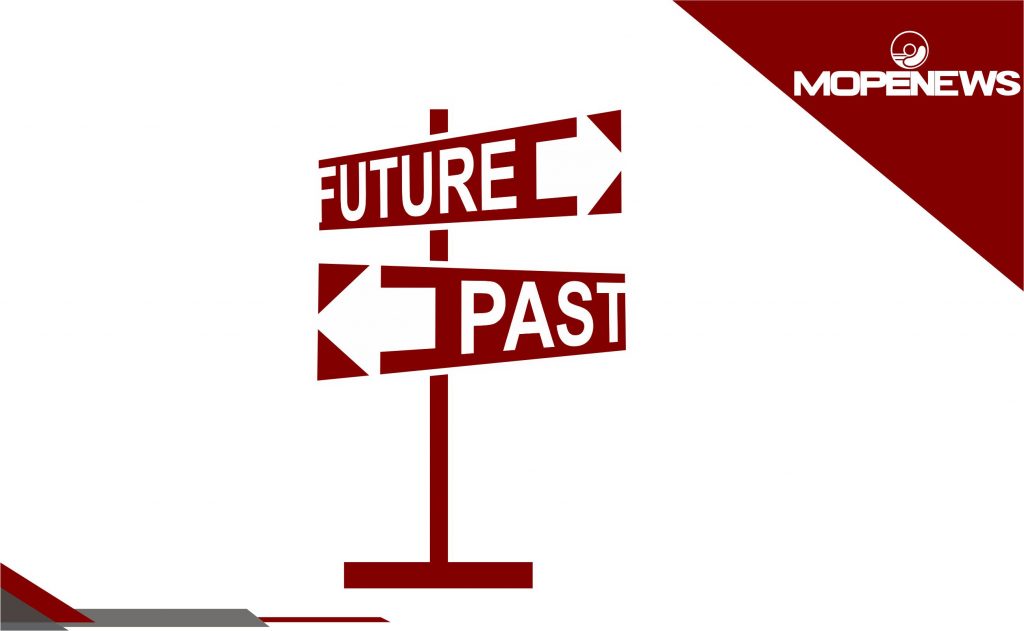
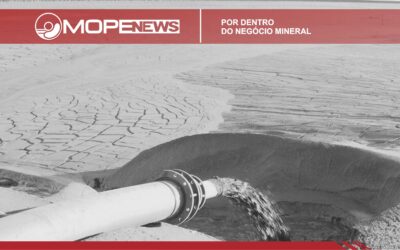
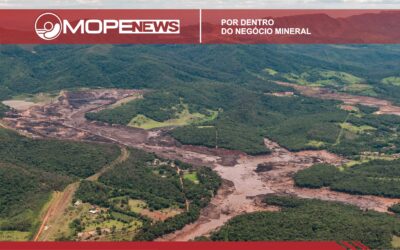
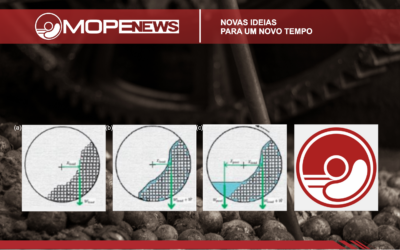
Dear Alexis,
Congratulation for this brillant article on mining.
Cheers,
Mario Melillo